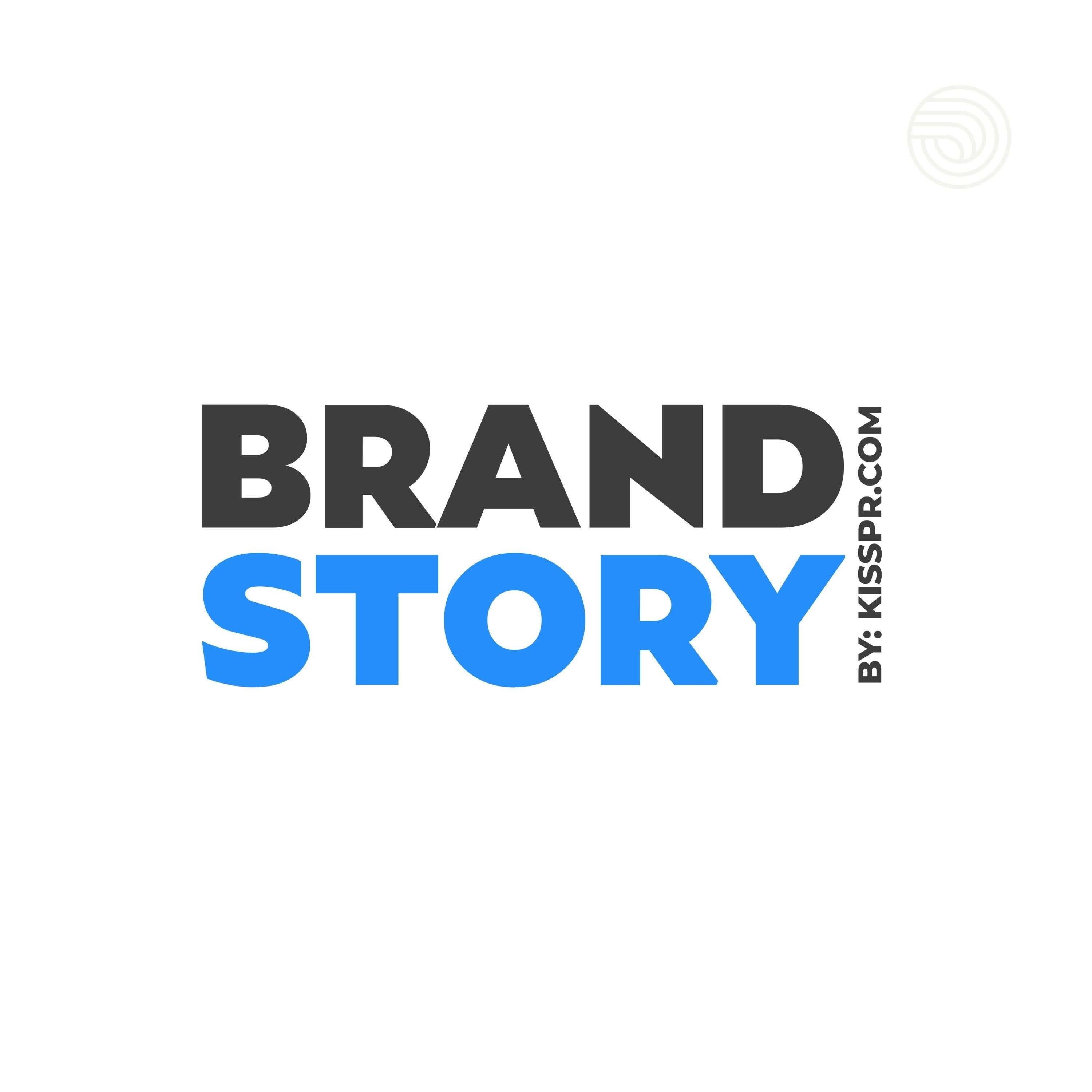- After-Shows
- Alternative
- Animals
- Animation
- Arts
- Astronomy
- Automotive
- Aviation
- Baseball
- Basketball
- Beauty
- Books
- Buddhism
- Business
- Careers
- Chemistry
- Christianity
- Climate
- Comedy
- Commentary
- Courses
- Crafts
- Cricket
- Cryptocurrency
- Culture
- Daily
- Design
- Documentary
- Drama
- Earth
- Education
- Entertainment
- Entrepreneurship
- Family
- Fantasy
- Fashion
- Fiction
- Film
- Fitness
- Food
- Football
- Games
- Garden
- Golf
- Government
- Health
- Hinduism
- History
- Hobbies
- Hockey
- Home
- How-To
- Improv
- Interviews
- Investing
- Islam
- Journals
- Judaism
- Kids
- Language
- Learning
- Leisure
- Life
- Management
- Manga
- Marketing
- Mathematics
- Medicine
- Mental
- Music
- Natural
- Nature
- News
- Non-Profit
- Nutrition
- Parenting
- Performing
- Personal
- Pets
- Philosophy
- Physics
- Places
- Politics
- Relationships
- Religion
- Reviews
- Role-Playing
- Rugby
- Running
- Science
- Self-Improvement
- Sexuality
- Soccer
- Social
- Society
- Spirituality
- Sports
- Stand-Up
- Stories
- Swimming
- TV
- Tabletop
- Technology
- Tennis
- Travel
- True Crime
- Episode-Games
- Visual
- Volleyball
- Weather
- Wilderness
- Wrestling
- Other
Software Tools for Trade Promotion Management
According to McKinsey, Revenue Growth Management (RGM) is “the discipline of driving sustainable, profitable growth from your consumer base through a range of strategies around assortment, promotions, trade management, and pricing.” Although this idea is familiar, many companies are rethinking their approach to have a more dynamic strategy.Consumer packaged goods (CPG) companies use RGM to coordinate the efforts of finance, product, marketing, logistics, and sales teams to maximize product sales. CPG companies use RGM strategies to sell products through online stores as well as brick and mortar locations. These programs are supported by media advertising, in-store spending, sampling, end-caps, slotting and displays. CPG companies also drive demand for their products using coupons, co-op advertising, and special pricing.The CPG industry currently shells out billions of dollars each year for trade promotions…an estimated 20% of its annual revenues. It is essential to determine the ROI all of these promotion strategies. However, doing so is very complex. Fortunately, there are technology tools and expert consultants available to help.What is Trade Promotion Management?Trade Promotion Management (TPM) is the post-strategy, nitty-gritty processing that CPG companies use to track and compensate retailers for promoting their products. CPG companies should view TPM as a critical part of their RGM planning as well as a dynamic investment opportunity.“Trade deals” is the second largest item on the P&L statement after the cost of goods sold. It is no wonder that many companies are working to optimize their ROI from these promotions.“Settlement” is the term for how CPG companies pay retailers the agreed upon promotional funds after they have met the performance conditions of the trade promotion deal. CPG companies make these payments to retailers using:Off-Invoice Allowances. Trade allowances reflected in the product invoice pricing (off-invoice allowance) are straightforward. The net invoice price paid by the retailer already reflects the deal, so no further proof of performance is needed.Physical Check. While less common than in the past, it is still a common practice for CPG companies to pay promotions using checks. These payments are sometimes even carried by the salesperson. This form of payment requires tight integration with the TPM system, or you risk double payments or double deductions.Bill-back Deductions. Complexity arises when when settlement is a retailer post-event bill-back deduction for the agreed trade deal. These deductions are the most complex, requiring careful review after being deducted.Trade Deal Accruals. TPM accounting is essential because each trade deal has a forecasted spend amount associated with it. This accrued liability is adjusted as bill-backs are deducted by the customer and validated with proof of performance or sales data.Trade Promotion Management SoftwareAs discussed above, it’s important to use RGM to evaluate the ROI of your trade promotions. However, it’s equally important to validate whether your retailers performed correctly according to each deal.Doing this requires integrated TPM, Deduction, and Accounts Receivable software. These tools will validate and reconcile the retailer/distributor bill-backs.<br/>How Automati

